As in the rest of the country, golf at northern Michigan’s top courses is booming. Arcadia Bluff’s rates are up to $250, yet the tee sheets on both courses are still full every day until about 6 PM. You can probably get lucky and snag a time for 2 off a cancellation a few weeks ahead if you’re flexible about when you go but if you’re trying to book for a large group, you’ll probably have to do it a year in advance. I had similar difficulty last summer with Forest Dunes—I was able to get tee times on the Loop, but nothing for the afternoon on the original course.
I had an easier time at Treetops. Although I wasn’t able to get lodging, I didn’t have trouble getting tee times. Now maybe that’s because Treetops has four courses and even with the golf boom, it’s hard to fill up four courses. But I think another part of that is that Treetops just isn’t considered one of the ‘in’ places anymore. Although it was the place to go in 90s and maybe early 00s, it just isn’t anymore as the courses were designed by now-officially-designated-as-uncool guys like Robert Trent Jones and Tom Fazio and have fallen off the ‘best of’ lists.
I noted that I didn’t understand this when I reviewed the other Treetops courses a few years back. I always thought that at least three of the Treetops courses were very good and merited being on lists of the state’s 20 or so top public courses. Having just returned, my feelings haven’t changed. Considering the number and quality of courses, Treetops is still the best northern Michigan golf resort. It’s also significantly cheaper than Forest Dunes, Arcadia, or Boyne, with peak rates in the low $100s.
This time I got a chance to play what I always considered the best of the Treetops courses, the Fazio ‘Premier’ course. And I’m as convinced as I ever was about it. This is without a doubt one of Michigan’s top 10 public courses. The course is beautiful and nicely routed through several valleys, with well-placed and well-shaped bunkers and a challenging (sometimes too challenging) set of greens. It has a handful of excellent holes. It’s also much more user-friendly than the Jones course and a bit easier than the Smith Signature.
The mid-length par 4 first has always been one of my favorite openers in the state. The fairway is comfortably wide and the approach into the green, sweeping from left to right and open in front, is quite attractive.
I had an easier time at Treetops. Although I wasn’t able to get lodging, I didn’t have trouble getting tee times. Now maybe that’s because Treetops has four courses and even with the golf boom, it’s hard to fill up four courses. But I think another part of that is that Treetops just isn’t considered one of the ‘in’ places anymore. Although it was the place to go in 90s and maybe early 00s, it just isn’t anymore as the courses were designed by now-officially-designated-as-uncool guys like Robert Trent Jones and Tom Fazio and have fallen off the ‘best of’ lists.
I noted that I didn’t understand this when I reviewed the other Treetops courses a few years back. I always thought that at least three of the Treetops courses were very good and merited being on lists of the state’s 20 or so top public courses. Having just returned, my feelings haven’t changed. Considering the number and quality of courses, Treetops is still the best northern Michigan golf resort. It’s also significantly cheaper than Forest Dunes, Arcadia, or Boyne, with peak rates in the low $100s.
This time I got a chance to play what I always considered the best of the Treetops courses, the Fazio ‘Premier’ course. And I’m as convinced as I ever was about it. This is without a doubt one of Michigan’s top 10 public courses. The course is beautiful and nicely routed through several valleys, with well-placed and well-shaped bunkers and a challenging (sometimes too challenging) set of greens. It has a handful of excellent holes. It’s also much more user-friendly than the Jones course and a bit easier than the Smith Signature.
The mid-length par 4 first has always been one of my favorite openers in the state. The fairway is comfortably wide and the approach into the green, sweeping from left to right and open in front, is quite attractive.
And when you stand on the tee of the par 5 second, you know this is going to be a good course. The fairway is expertly bunkered, first about 240 out on the right, the a second a bit further out on the left. The layup zone is also well-bunkered, with two bunkered obscuring the right side of the fairway and one on the left about 90 yards short right where you’d want to hit it for the best angle. The green is pretty severe with a spine coming in from the back-left and dividing it into two sections. But hey, that just means you’ll have to be precise with your approach.
This is an excellent par 5, the first of several.
This is an excellent par 5, the first of several.
The third is another mid-length par 4 and another good one. Like the first, there’s ample room from the tee. But the uphill approach is deceptive. The bunkers are both at least 10 yards short of the green. There’s plenty of room to run the ball up on the left but the green is quite wide and pretty undulating.
Four is a Treetops specialty—the drop shot par 3. This one doesn’t drop as far as many of the others, probably only 50 feet. And like the previous hole, the bunkering here is deceptive—only the one on the left is close to the green.
After a short uphill hike, we come to one of the holes for which this course used to be known back when people talked about it, the short par 4 fifth. It’s only about 310 yards and easily drivable for long hitters these days, although it gets pretty tight up near the green.
What made this hole a topic of discussion is the crazy green, which has a small, but normal right side but then drops about 7 feet downhill into a small bowl at the back-left. Honestly, I don’t know what they were thinking here. It fits the terrain, but it just looks and plays a bit silly. Still, it’s a good hole when the pin is on the right, as it was on this day.
What made this hole a topic of discussion is the crazy green, which has a small, but normal right side but then drops about 7 feet downhill into a small bowl at the back-left. Honestly, I don’t know what they were thinking here. It fits the terrain, but it just looks and plays a bit silly. Still, it’s a good hole when the pin is on the right, as it was on this day.
Six is a short par 5 playing through a fairly narrow valley with bunkers up the right. It should be easily reachable with a straight drive for a decent player. The front-left is open although hitting here will leave a tough putt if the pin is at the back-right.
After this point, we come to the part of the property that Fazio must have spent some time puzzling over. The obvious thing would have been to continue up the valley. But then—assuming the boundary of the property is roughly where the course is—there wouldn’t have been enough land for 18 holes.
So Fazio decided to take a left turn up another valley, but one that would require him to go up and over a probably 100 foot high ridge. The short par 4 seventh covers the first part of it. While it’s very pretty and a good driving hole, there wasn’t a good location for a green site. Fazio did his best to bulldoze the side of the ridge to create one, but it’s an awkward second shot and not one of my favorite holes on the course.
So Fazio decided to take a left turn up another valley, but one that would require him to go up and over a probably 100 foot high ridge. The short par 4 seventh covers the first part of it. While it’s very pretty and a good driving hole, there wasn’t a good location for a green site. Fazio did his best to bulldoze the side of the ridge to create one, but it’s an awkward second shot and not one of my favorite holes on the course.

The sixth hole is on the bottom left and the valley through which its fairway plays continues down the tenth hole at the bottom right. But to get 18 holes, Fazio needed to use the challenging land north of this, so the seventh runs through a narrow valley and uphill at the right, the eighth plays steeply downhill from a ridge just north of it, and the ninth loops back on the left, playing from ridge to ridge through a valley.
The 190 yard eighth is the more serious drop shot par 3, probably almost 100 feet downhill. This one’s a bit friendlier than the more famous sixth on the Jones course because the green is much wider and you’re not dead if you miss it. Still, these shots are very tough to judge and aren’t my favorite.
But much tougher is the ~400 yard par 4 ninth. The fairway opens up if you can make the ~200-220 yard carry over the left bunker. And I think it’s important to try to hit a long drive here because the fairway turns pretty far out from the tee and a short drive will leave a very awkward blind shot. Also, the approach to the green is severely uphill.
It’s a tough hole—especially for weaker golfers—but I like this one because the fairway is sensibly routed through the valley and the green site, while making for a tough approach, is actually very well-chosen. Fazio found a nice spot on the ridge that just the right depth for a green. I’m sure he felt that this hole was a bit of a risk, but it’s well-executed and I like it quite a bit.
It’s a tough hole—especially for weaker golfers—but I like this one because the fairway is sensibly routed through the valley and the green site, while making for a tough approach, is actually very well-chosen. Fazio found a nice spot on the ridge that just the right depth for a green. I’m sure he felt that this hole was a bit of a risk, but it’s well-executed and I like it quite a bit.
There wasn’t anything challenging about building a hole on the site of the mid-length par 4 tenth, which continues up the valley from the sixth. The green opens at the front-left and is probably best approached from the left side, especially if the pin is on the right. It’s another challenging green but like the third, I like this one quite a bit.
I’m not a fan of the pond par 3 eleventh. It’s very tough from the back tees at almost 200 yards. And there isn’t much bailout room because the hill left of the green is pretty steep.
While Fazio’s first encounter with the ridge on holes 7-9 was a challenging one, the ridge flattens out here at the far end of the property which makes for some excellent holes, including the uphill par 5 twelfth. It’s a pretty good carry to reach the fairway up the right side—probably 225 yards and uphill. But this side gives you a bit better look at the green, which should be reachable off a good drive. I didn’t get a closeup but this is another pretty severe green, long and angled from front-right to back-left with a high middle tier and low back section.
The next two holes, 400 and 450 yard par 4s respectively, are about as solid as any you’ll play. Unfortunately, I forgot to get photos from both tees. The approach to thirteen is classic Fazio—diagonal green bunkered heavily on one side but relatively open on the other, giving the weaker player an easier way onto the green. These greens both look great and play effectively. This one looks especially good because the land is gentler here and they didn’t have to move a lot of earth (or so it appears) to construct it.
When I see greens like this, I’m reminded why Fazio was in favor for so long and puzzled why he’s now out of it.
When I see greens like this, I’m reminded why Fazio was in favor for so long and puzzled why he’s now out of it.
I did get a shot of the drive on fourteen from the forward tee. The bunker on the right is probably about 240 from the tips and the hole turns gently right past it. There’s a lot of room to the left, but hitting over there will mean a long approach.
And the approach…to me, this one even outdoes thirteen. It’s basically a perfect green complex for a log par 4, bunkerless and wide-open at the front-right, with the land short and right tilted to help your ball onto the green. But if you’ve driven up the left side of the fairway, you’ll have to contend with the dip at the front left. I’m sure they moved some earth to construct this green but it looks almost perfectly natural.
This elegant simplicity is something that a lot of the new big name courses are missing. But I guess it doesn’t look as good on social media as 50 acres of waste bunkers and 14,000 square foot greens that everyone four-putts.
And the approach…to me, this one even outdoes thirteen. It’s basically a perfect green complex for a log par 4, bunkerless and wide-open at the front-right, with the land short and right tilted to help your ball onto the green. But if you’ve driven up the left side of the fairway, you’ll have to contend with the dip at the front left. I’m sure they moved some earth to construct this green but it looks almost perfectly natural.
This elegant simplicity is something that a lot of the new big name courses are missing. But I guess it doesn’t look as good on social media as 50 acres of waste bunkers and 14,000 square foot greens that everyone four-putts.
The ~360 yard par 4 fifteenth was always this course’s most famous hole. Maybe not for the best reasons because it’s awkward and definitely a bit gimmicky. But I still kind of like it, even though it’s out-of-character with the rest of the course.
The first issue is that you actually need a pretty long drive here—probably at least 240—because the hole doglegs right around a hill in its last 100 yards. If you don’t hit it far enough or hit it too far right, you’ll have a blind approach. And you really don’t want that here because the green is crazy, every bit as crazy as the woke social media greens that I was just praising the last hole for not having.
The first issue is that you actually need a pretty long drive here—probably at least 240—because the hole doglegs right around a hill in its last 100 yards. If you don’t hit it far enough or hit it too far right, you’ll have a blind approach. And you really don’t want that here because the green is crazy, every bit as crazy as the woke social media greens that I was just praising the last hole for not having.
Like the fifth green, this one is high in the front and low in the back. But it’s probably 4 times the size of the fifth green, with at least 1,000 square feet of space on the lower back tier. So despite the silliness of the green, I think it actually works from a playing perspective. If you’re playing to a front pin, you’d better have control over your ball or you’ll end up with a 75 foot putt that goes about 9 feet uphill. But if the pin’s at the back, you have some options. You can hit it back there and stop it, or you can use the slopes in the middle and right of the green to get it there.
Aesthetically, I’m not a fan. But there’s a logic to this green and I think it works. I think it’d work better if you didn’t have to hit such a long drive to give a decent view of the green. Also, like I said about the fifth green, it also fits the landscape because there’s another valley behind the green. So while I don’t love the hole and would have preferred something in line with the understated aesthetics of the previous two holes, it has some merits. It’s definitely not the worst questionable hole in the world.
Aesthetically, I’m not a fan. But there’s a logic to this green and I think it works. I think it’d work better if you didn’t have to hit such a long drive to give a decent view of the green. Also, like I said about the fifth green, it also fits the landscape because there’s another valley behind the green. So while I don’t love the hole and would have preferred something in line with the understated aesthetics of the previous two holes, it has some merits. It’s definitely not the worst questionable hole in the world.
Sixteen gets us back to the core strength of this course: a par 5 running through a valley. As much as I like this hole again, I didn’t get a good set of pictures. You drive off the side of a ridge into this valley, with this bunker on the right probably 290 out. But it’s one of the tougher drives on the course because of trees that encroach on the right probably 220 out.
The hole curves to the left with another set of bunkers probably 100 yards short of the green on the right. The green is elevated and again, quite difficult. There’s a small, high-left tier over the bunker which makes for a nasty pin placement. Our back-right pin is probably the easiest—as long as you get something running into the middle of the green, it should feed back there.
The hole curves to the left with another set of bunkers probably 100 yards short of the green on the right. The green is elevated and again, quite difficult. There’s a small, high-left tier over the bunker which makes for a nasty pin placement. Our back-right pin is probably the easiest—as long as you get something running into the middle of the green, it should feed back there.
The 200 yard par 3 seventeenth continues this theme of greens with disparate sections. It’s wide open and straight-forward if the pin is on the right. But there’s another, lower tier over the bunker on the left. Except for very strong strikers, it’d be tough to fly one in there and stop it. But if you can get your ball running into the middle of the green, it should feed down there.
The Fazio course starts with one of the state’s best openers and ends with one of the state’s best closers. This is a great long par 4, perhaps even better than fourteen.
The drive is pretty simple although you’ll want to be up the left side as the hole turns left and gets very long if you’re in the right rough. The approach is one of the best looking in northern Michigan. Again, like number thirteen, there’s plenty of open space at the front-right and this green calls for a running approach. But there’s all kinds of trouble left so if you try to take one at a left pin and pull it slightly, this forgiving hole becomes punishing pretty quick.
The green is large with gentle, elegant undulations.
The drive is pretty simple although you’ll want to be up the left side as the hole turns left and gets very long if you’re in the right rough. The approach is one of the best looking in northern Michigan. Again, like number thirteen, there’s plenty of open space at the front-right and this green calls for a running approach. But there’s all kinds of trouble left so if you try to take one at a left pin and pull it slightly, this forgiving hole becomes punishing pretty quick.
The green is large with gentle, elegant undulations.
Fazio courses were maybe a bit overhyped 20 years ago, but now many are under-hyped and under-appreciated. I’ve played at least a half-dozen and while a few were a bit bland, each was at least very good; well-shaped and with a few very good holes. Fazio courses always look great because the shaping is so thorough—it’s not just his (in)famous thing about trying to hide the cart paths, but the gentleness of the mounding and shaping of the bunkers. If you look carefully, you can always tell that there’s a lot of shaping, but everything is always so well blended together that you usually have to go looking for it to see it. His courses always look very natural, even though they probably never are.
While Fazio courses can sometimes be a bit bland, that’s certainly not the case for Treetops Fazio. The course is gorgeous, the holes are interesting from tee to green, and the greens…if anything, they’re a bit too interesting. I also think the routing is good. There were only so many options given that the routing is mostly ridges and valleys, but Fazio navigated this well. If not for the stretch of 7-9 going up and over the ridge twice, it’d be completely walkable. It's still probably an easier walk than Greywalls in Marquette, which I’ve done several times. There’s probably only one green to tee walk that’s more than 100 yards (9 to 10).
In fact, that was one of the things that stood out to me in playing this course and the Jones course again: the routings are pretty compact. Rarely is there more than 100 yards from a green to the next tee. You certainly can’t say that about some of the top Arthur Hills courses in northern Michigan or the first Smith course next door. Maybe the old masters knew a bit more about what they were doing than we’ve given them credit for.
So I think it’s too bad that this course has fallen off all the best-of lists for Michigan. For me, it’s comfortably in the top 10 public (although nearer to 10 than 1) and should probably make a list of the top 25 courses overall. It’s the best course at Treetops and the best northern Michigan forest golf cart adventure course, unless you include Greywalls in that category. It’s also the only Fazio course in Michigan. I wish he had left a few more. His style was perfectly suited to this type of property and there’s no doubt Shanty Creek and Boyne would have better courses if he had been involved there.
While Fazio courses can sometimes be a bit bland, that’s certainly not the case for Treetops Fazio. The course is gorgeous, the holes are interesting from tee to green, and the greens…if anything, they’re a bit too interesting. I also think the routing is good. There were only so many options given that the routing is mostly ridges and valleys, but Fazio navigated this well. If not for the stretch of 7-9 going up and over the ridge twice, it’d be completely walkable. It's still probably an easier walk than Greywalls in Marquette, which I’ve done several times. There’s probably only one green to tee walk that’s more than 100 yards (9 to 10).
In fact, that was one of the things that stood out to me in playing this course and the Jones course again: the routings are pretty compact. Rarely is there more than 100 yards from a green to the next tee. You certainly can’t say that about some of the top Arthur Hills courses in northern Michigan or the first Smith course next door. Maybe the old masters knew a bit more about what they were doing than we’ve given them credit for.
So I think it’s too bad that this course has fallen off all the best-of lists for Michigan. For me, it’s comfortably in the top 10 public (although nearer to 10 than 1) and should probably make a list of the top 25 courses overall. It’s the best course at Treetops and the best northern Michigan forest golf cart adventure course, unless you include Greywalls in that category. It’s also the only Fazio course in Michigan. I wish he had left a few more. His style was perfectly suited to this type of property and there’s no doubt Shanty Creek and Boyne would have better courses if he had been involved there.









































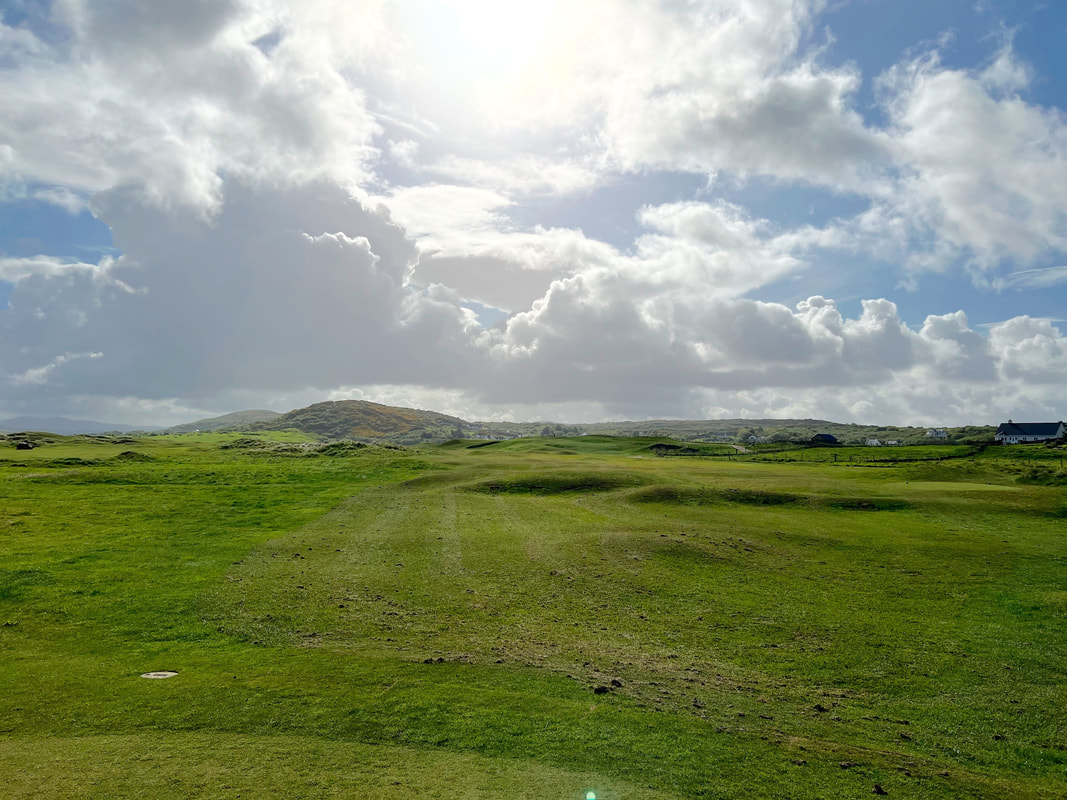














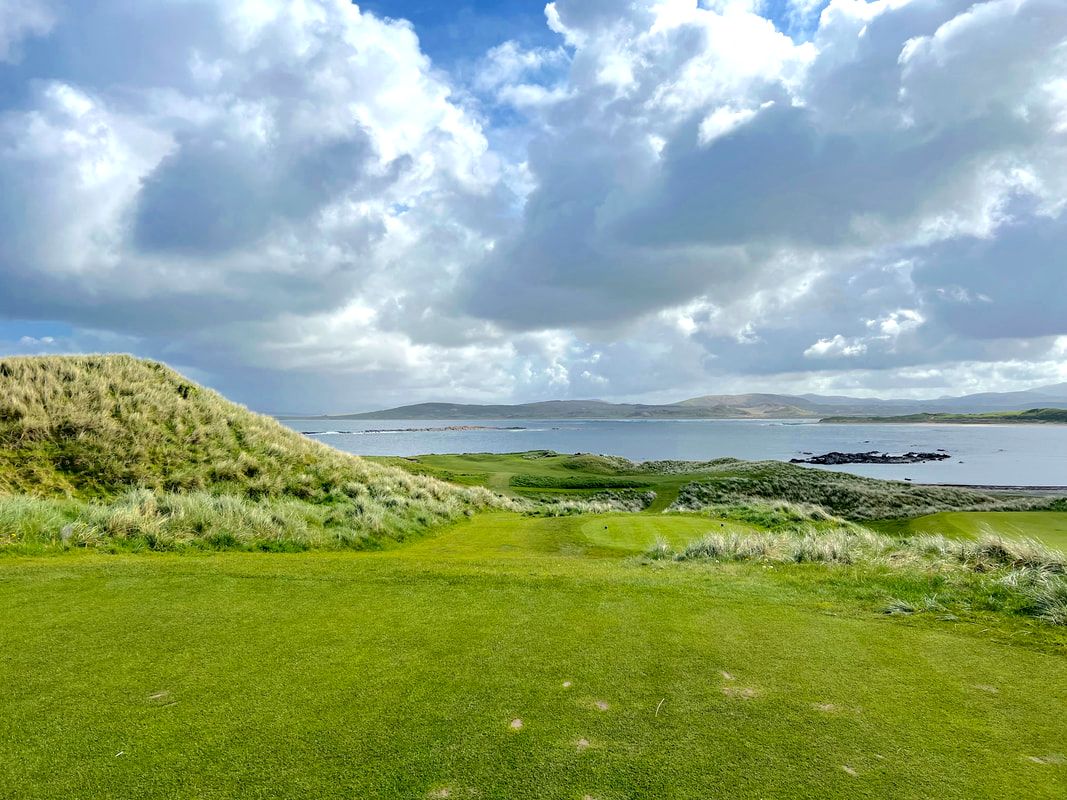

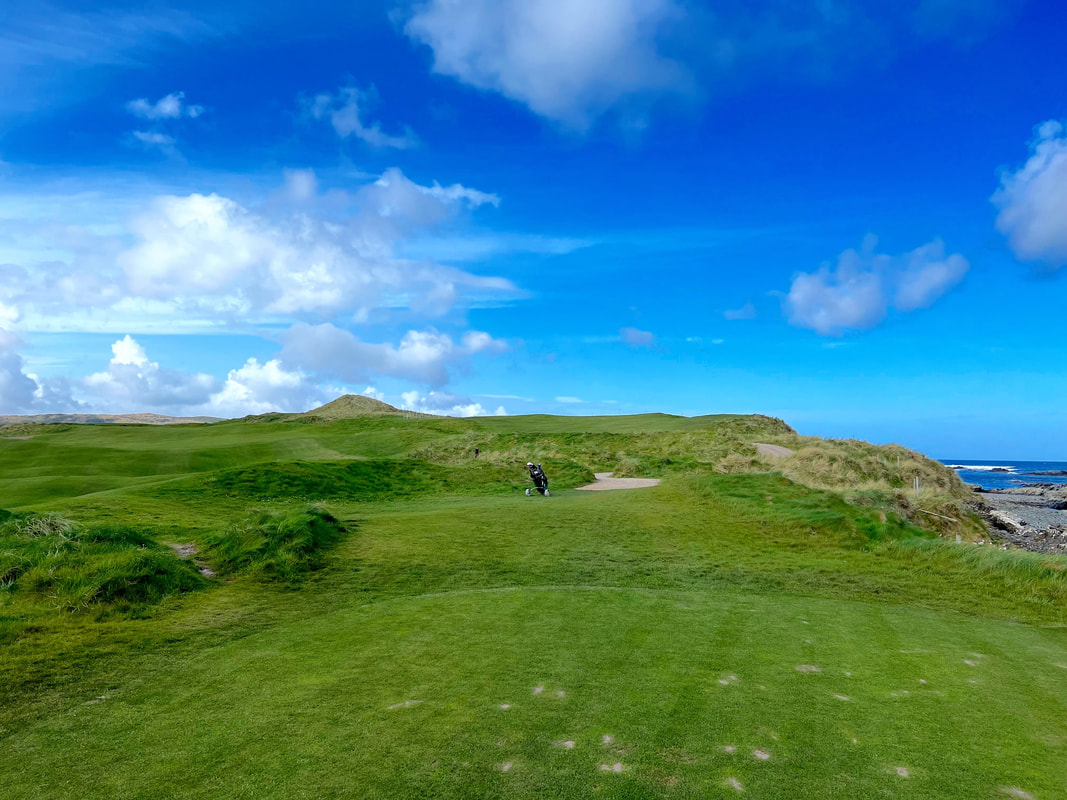


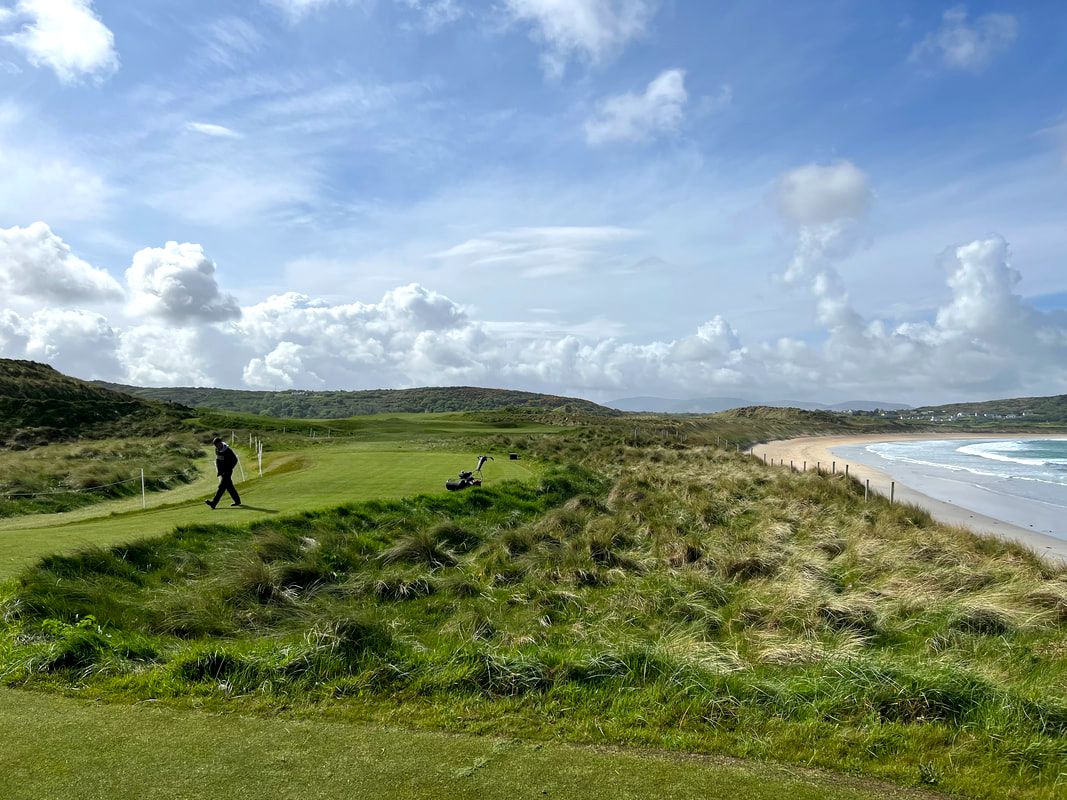





















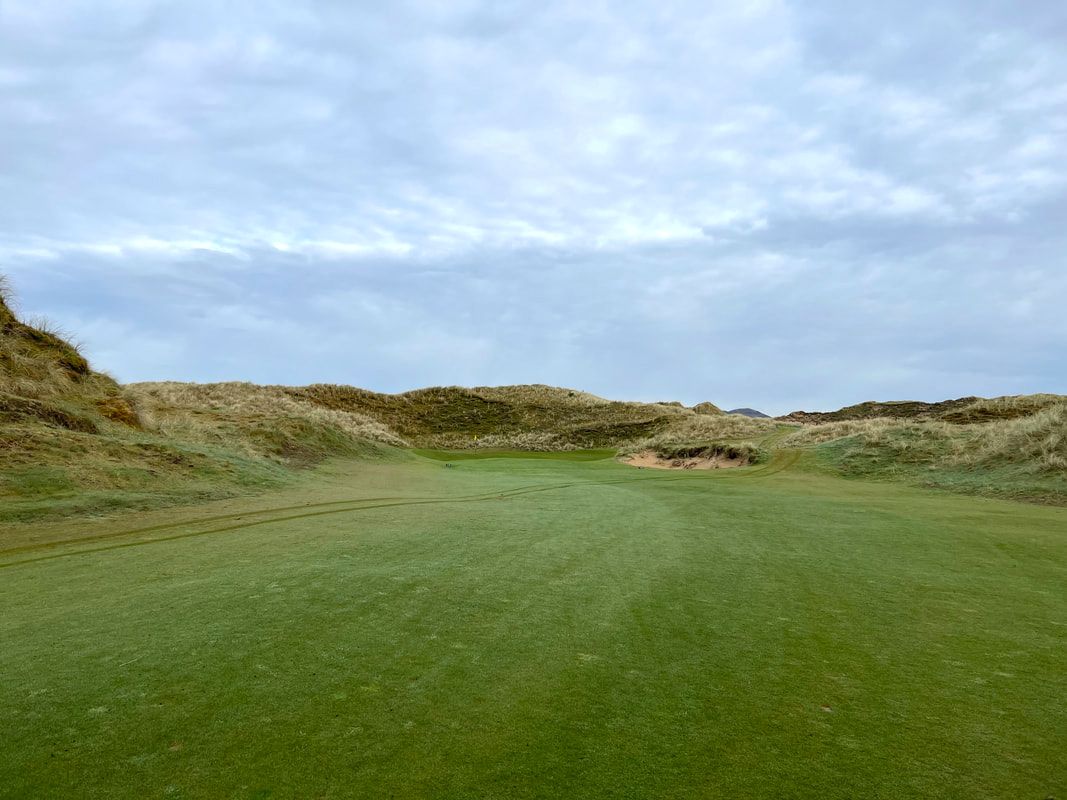



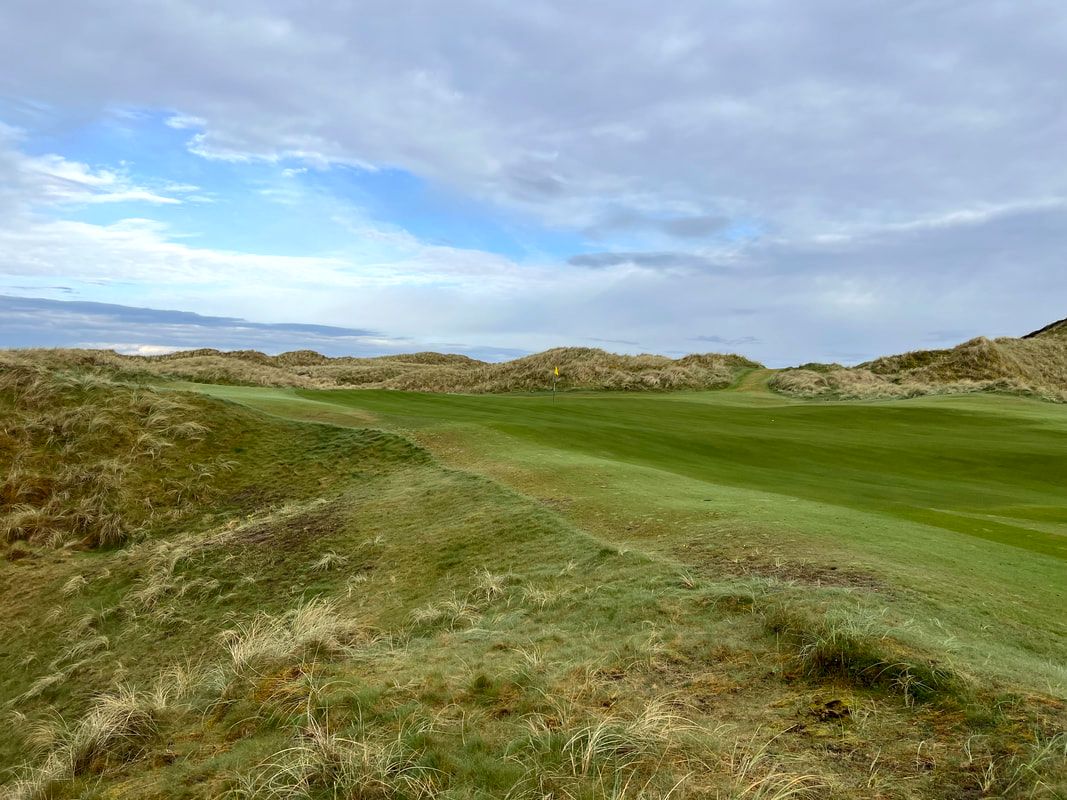






















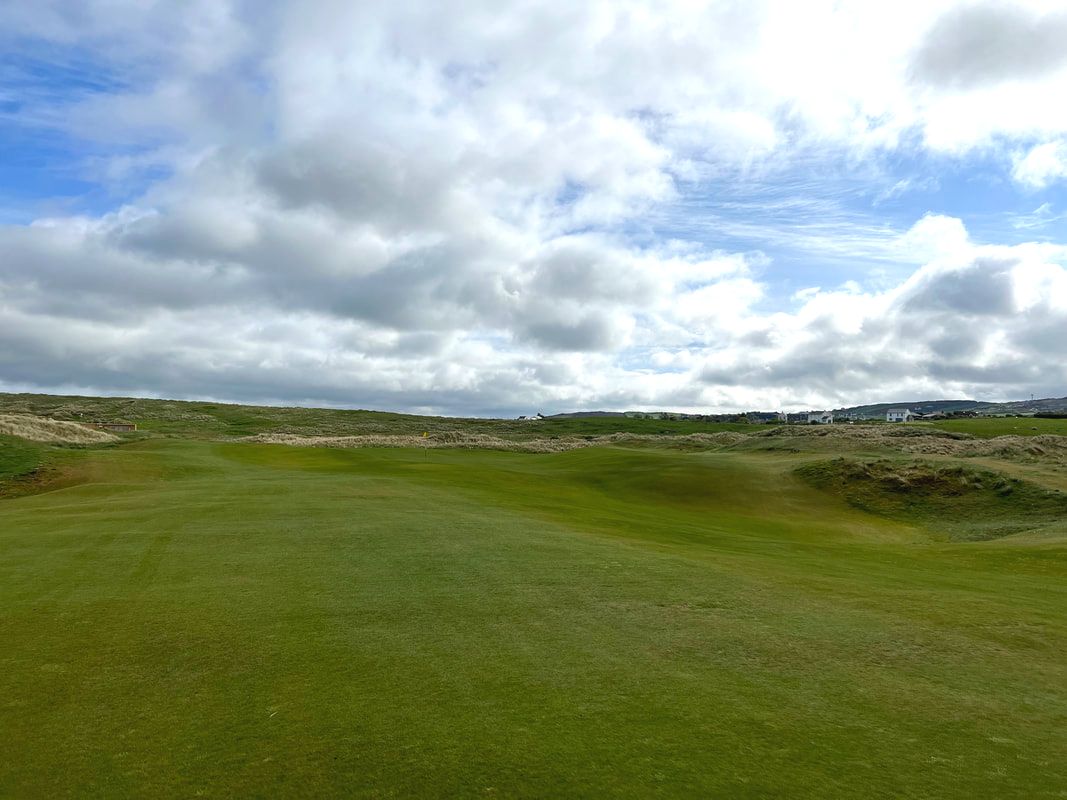

























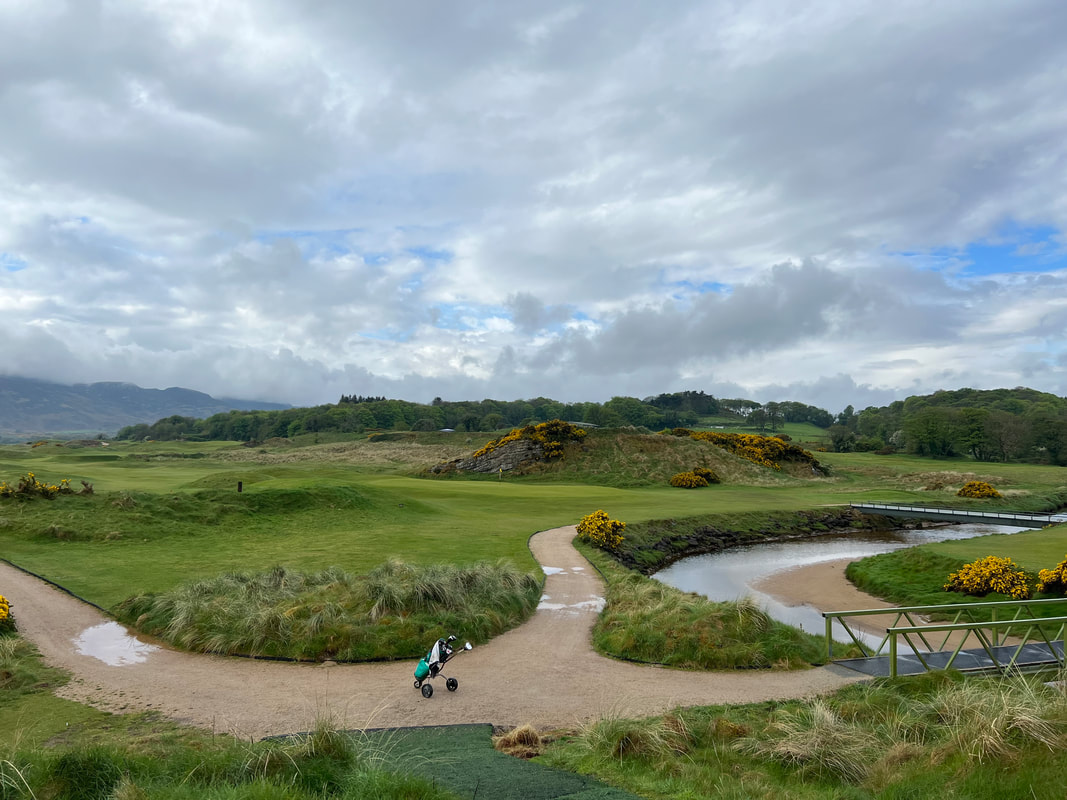







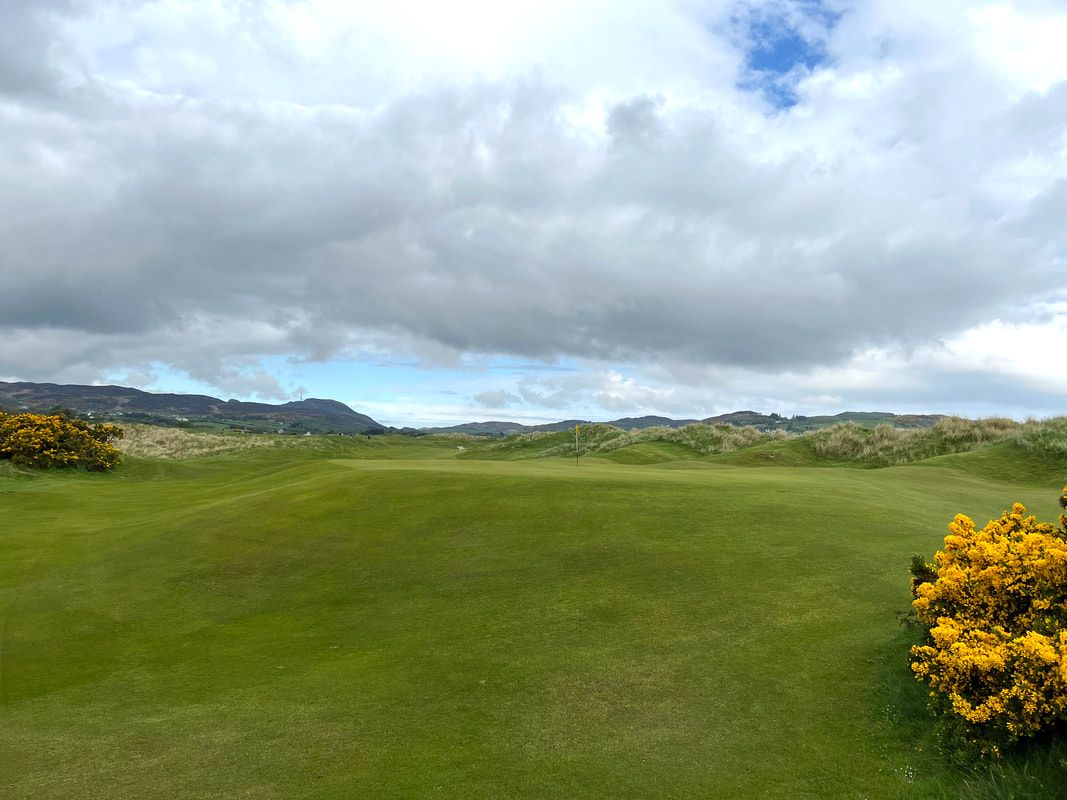
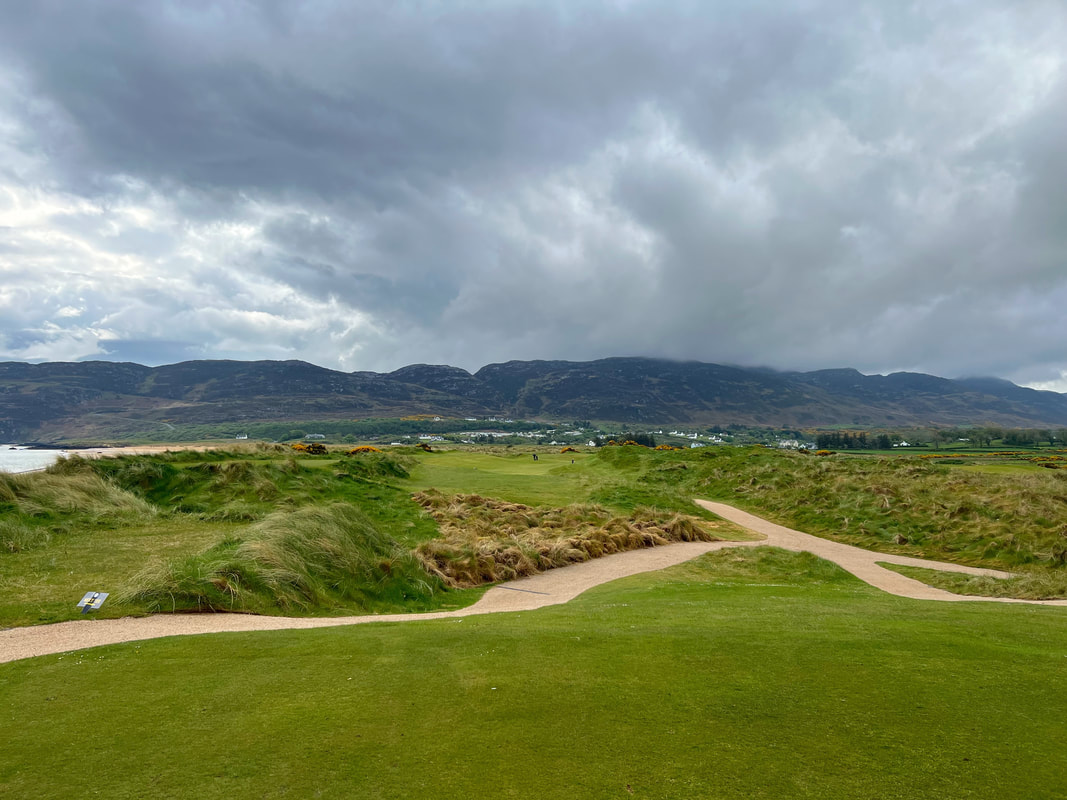



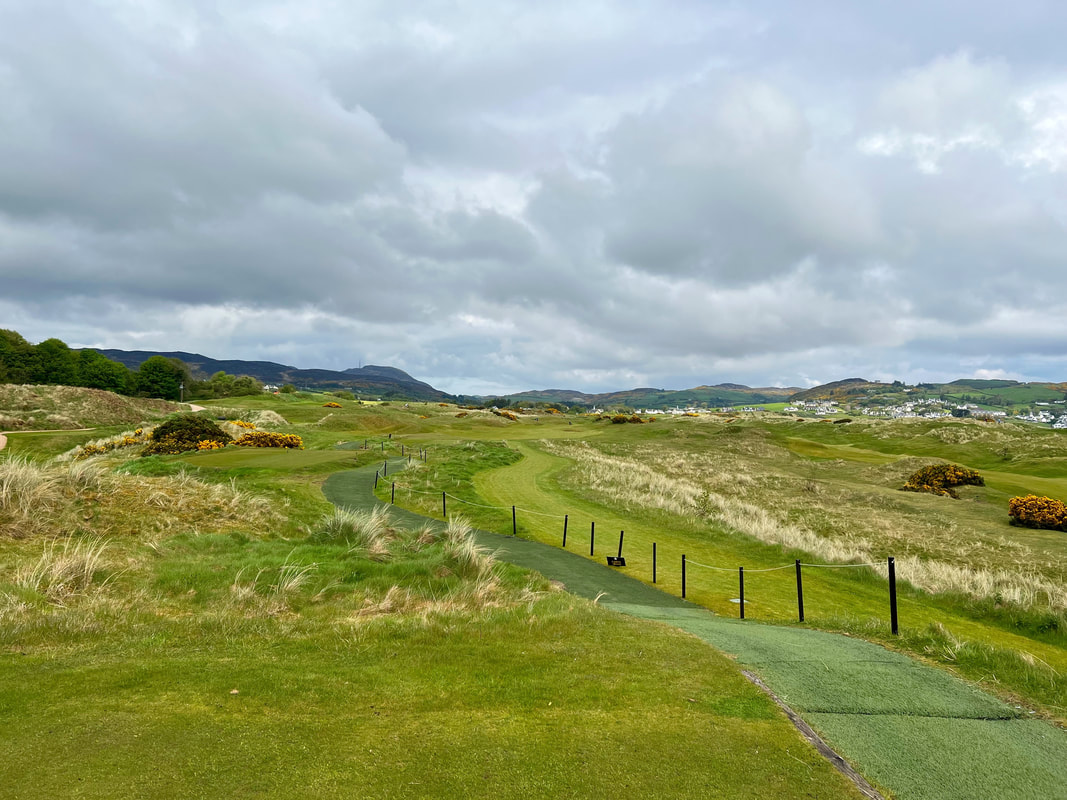





































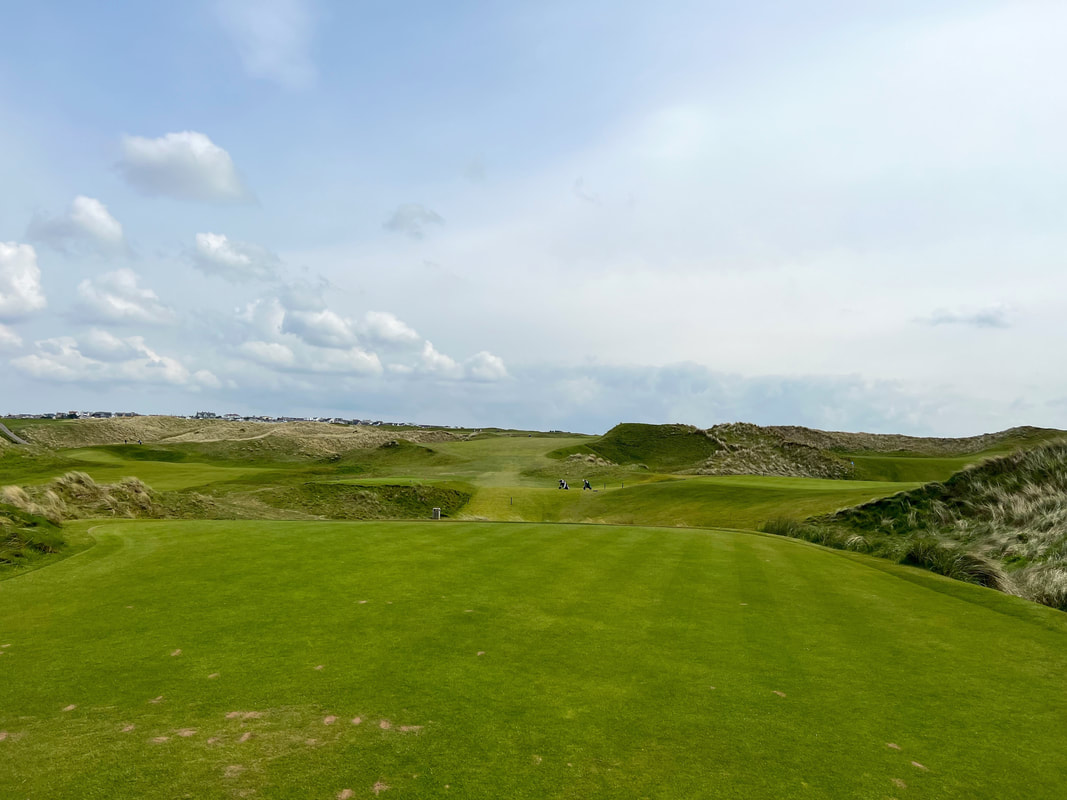












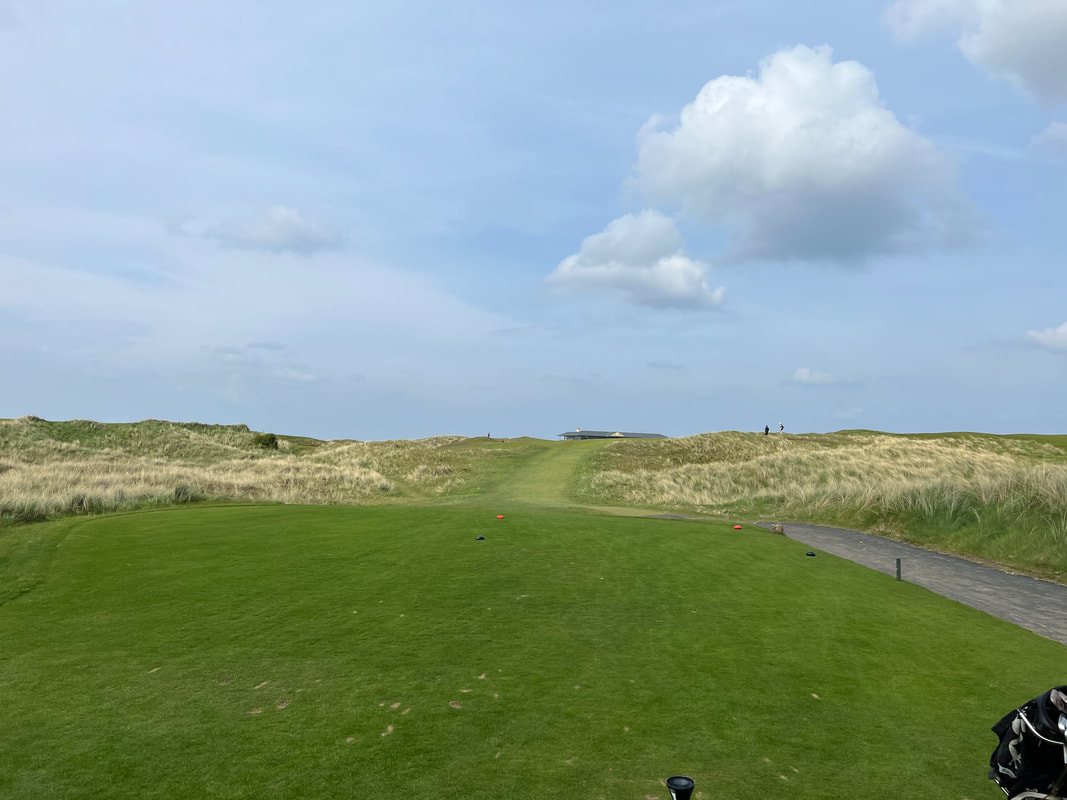


















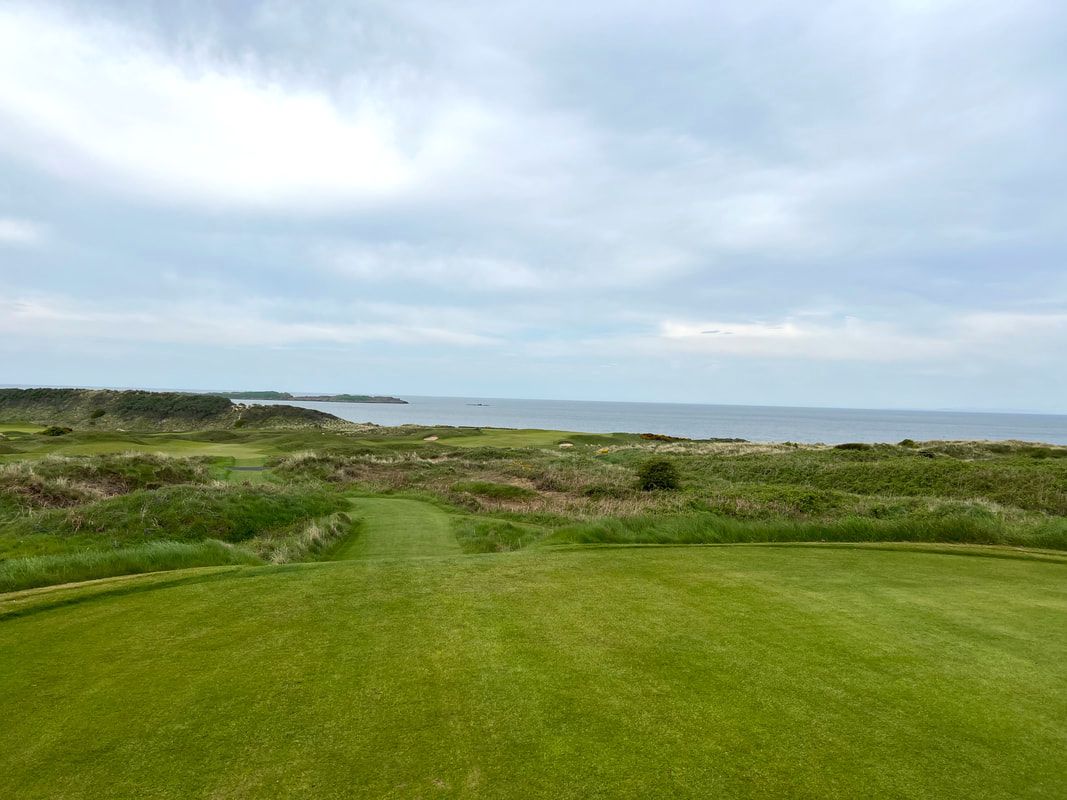


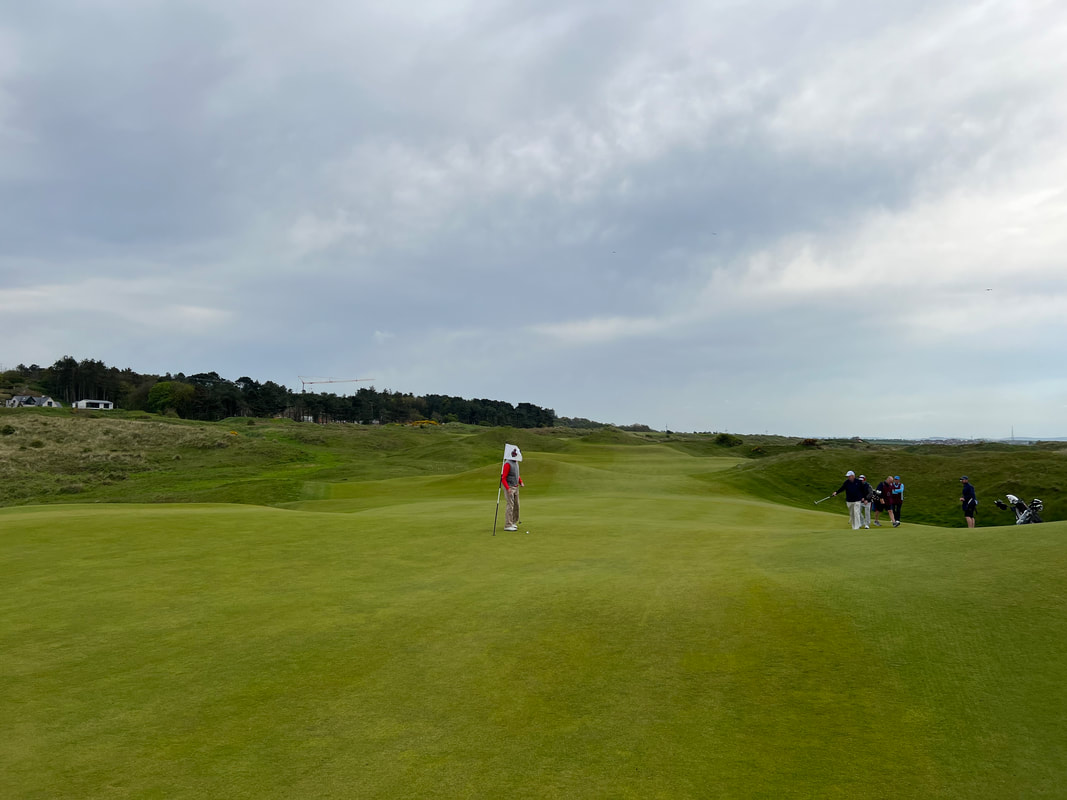








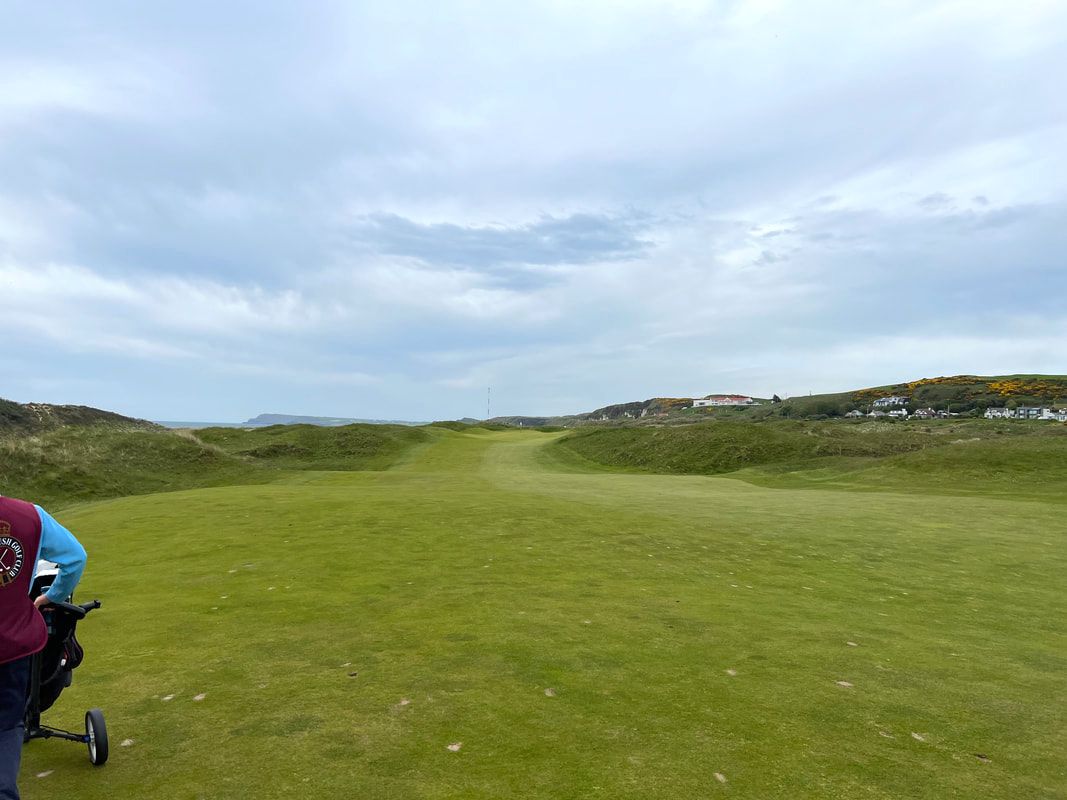







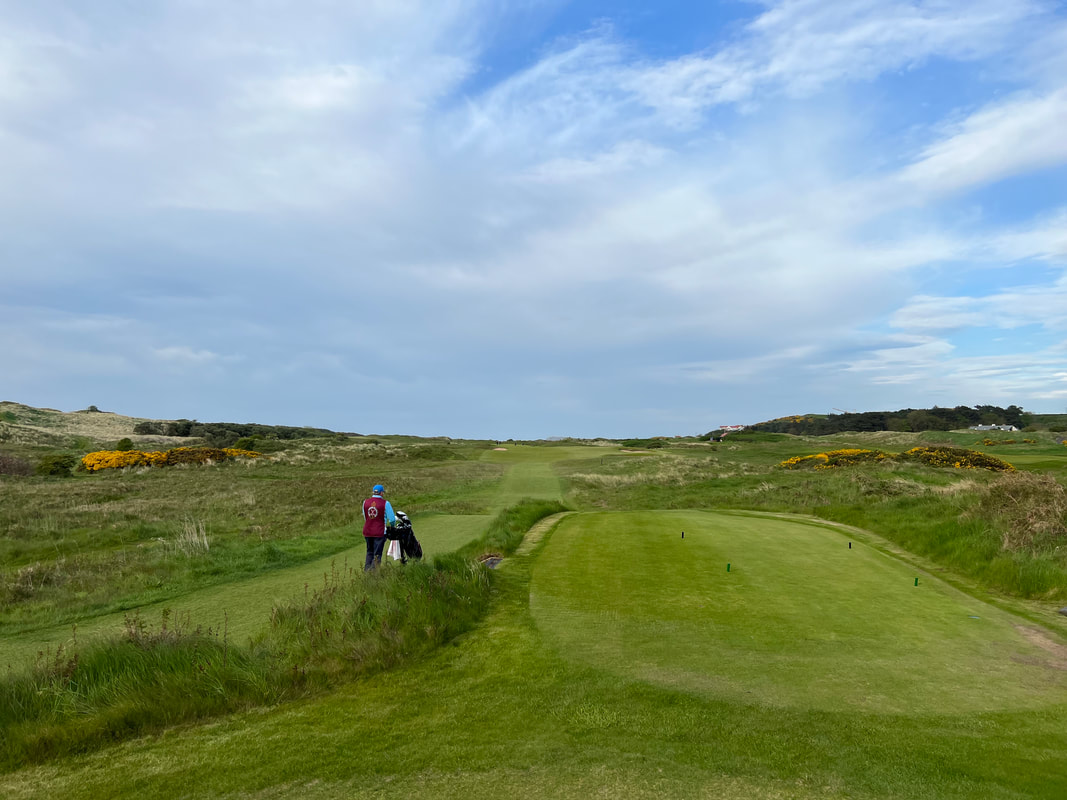


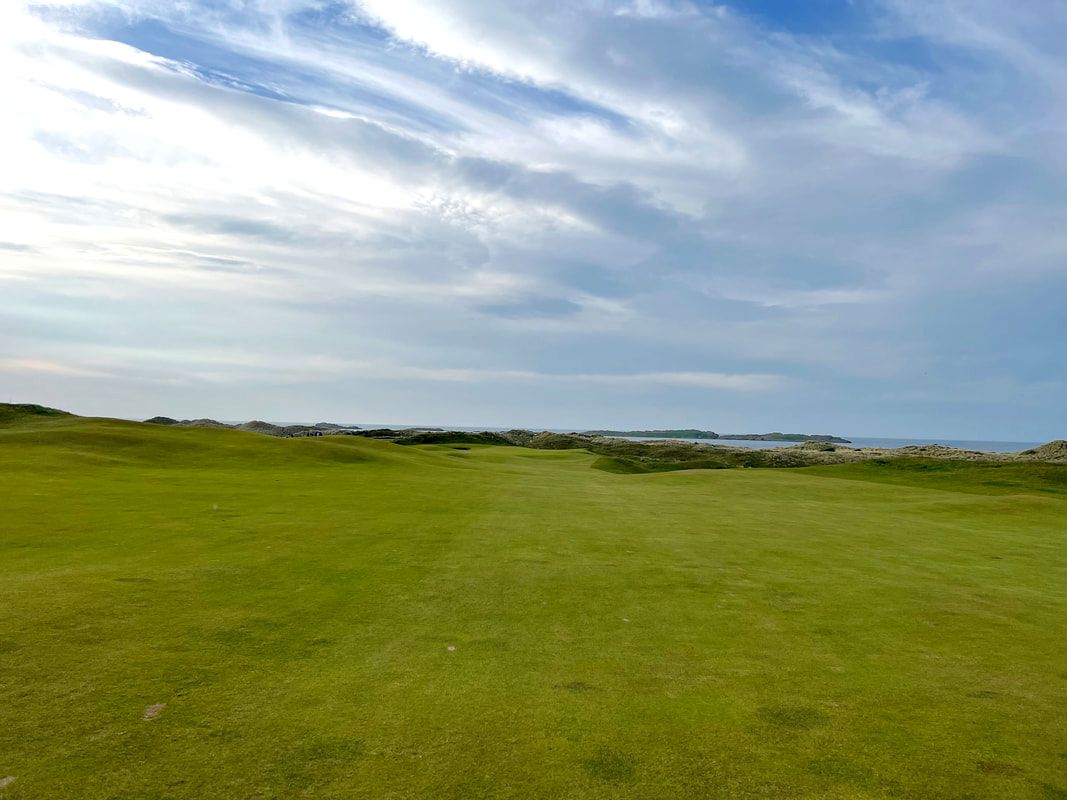







































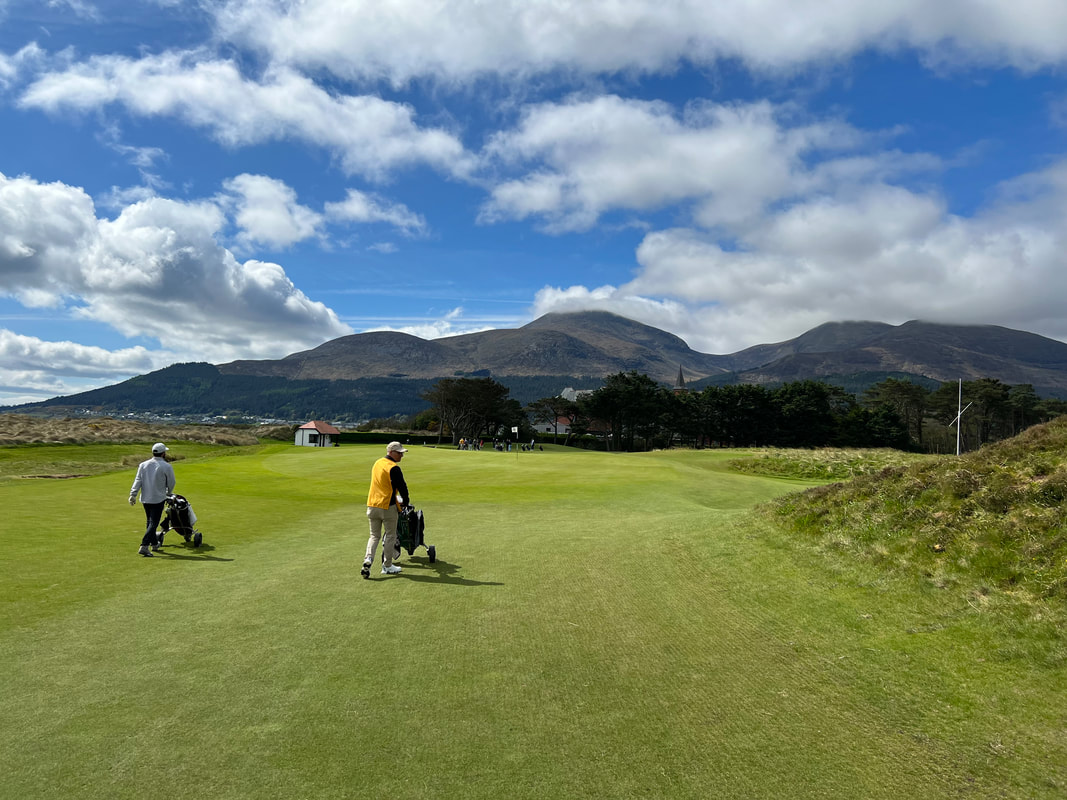

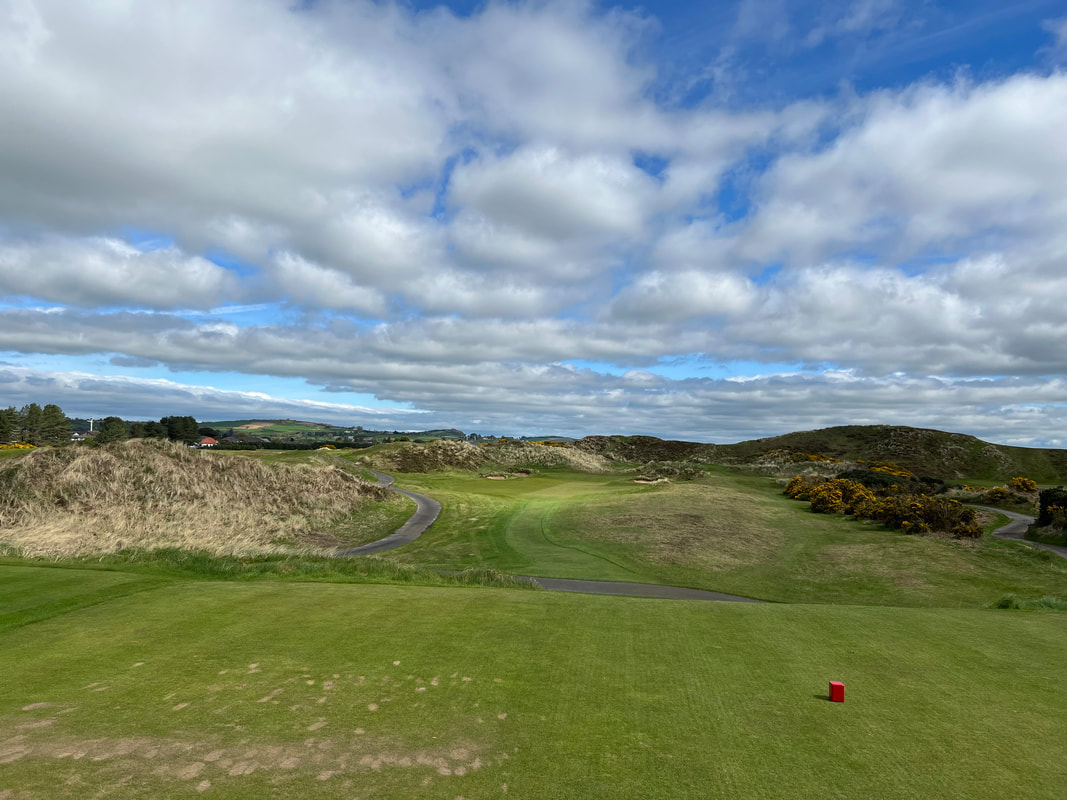














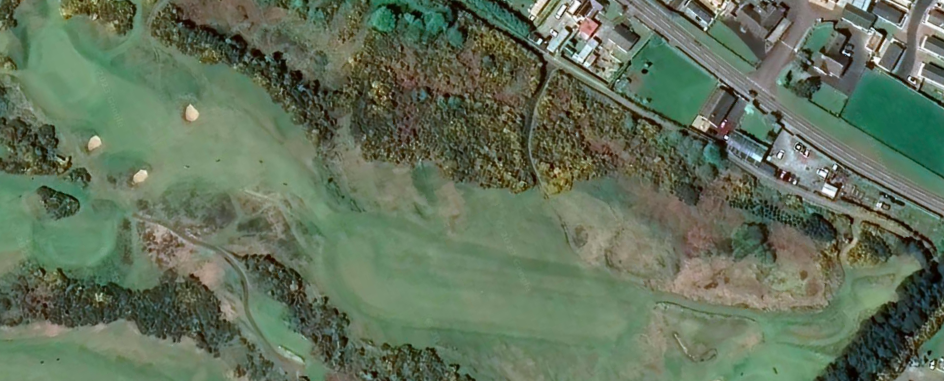







































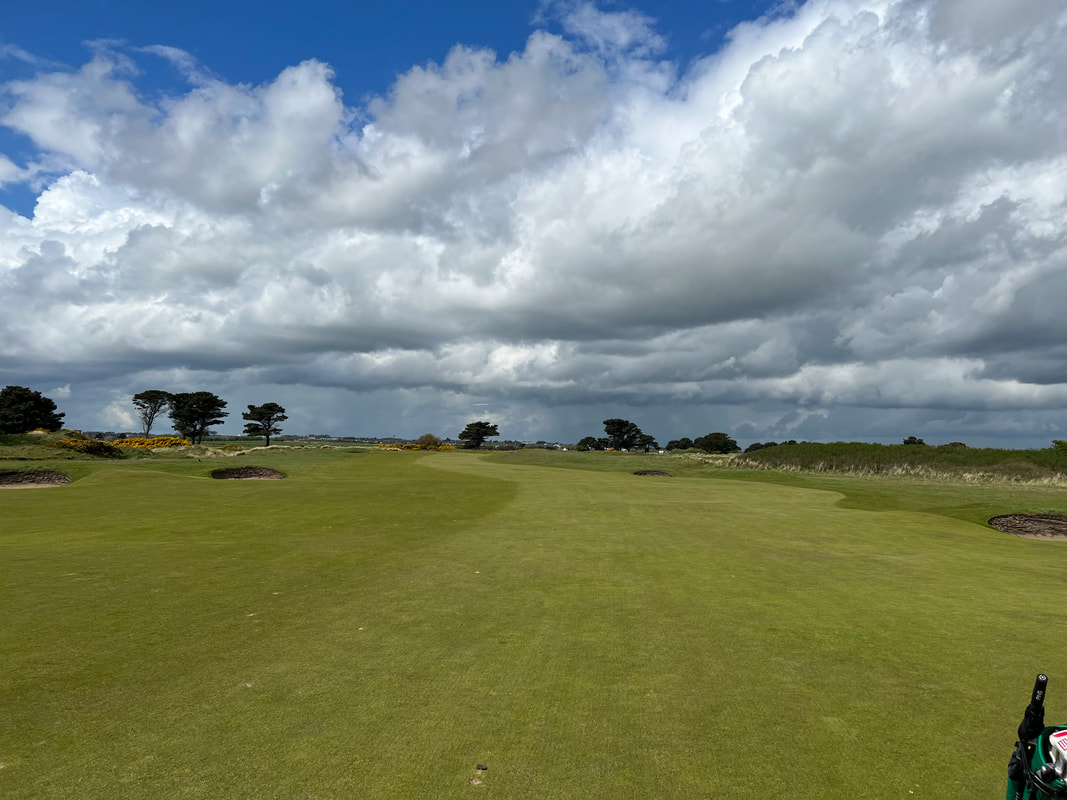









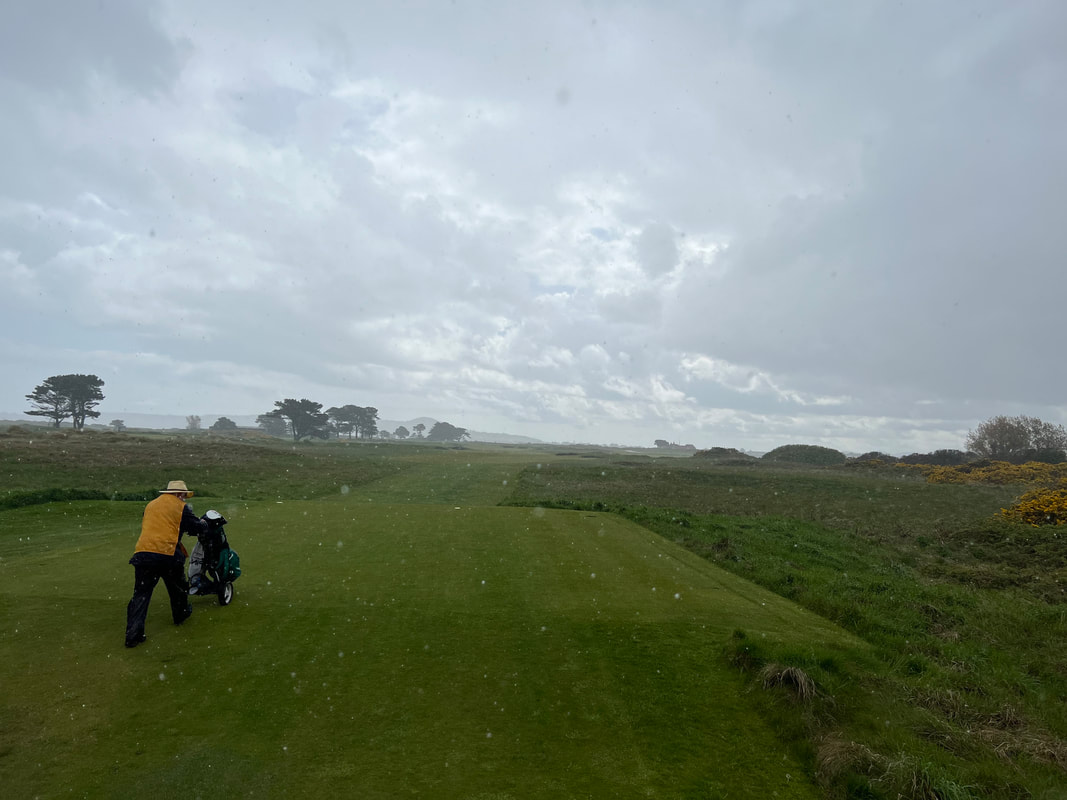

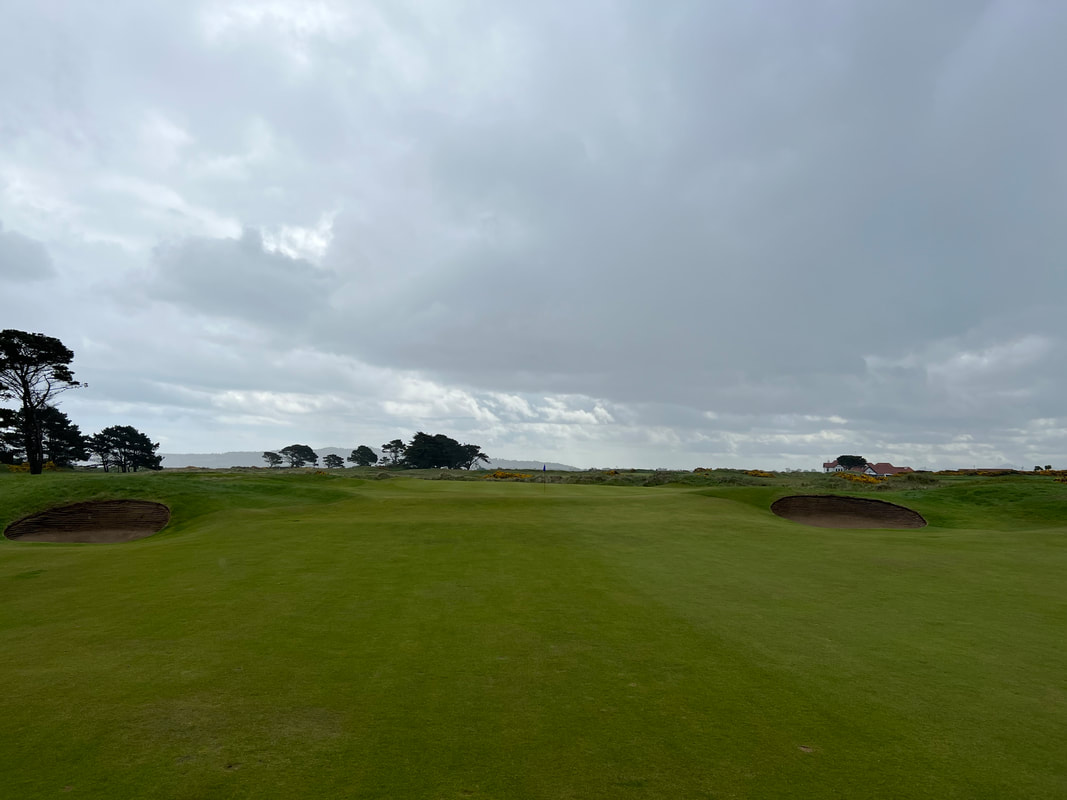

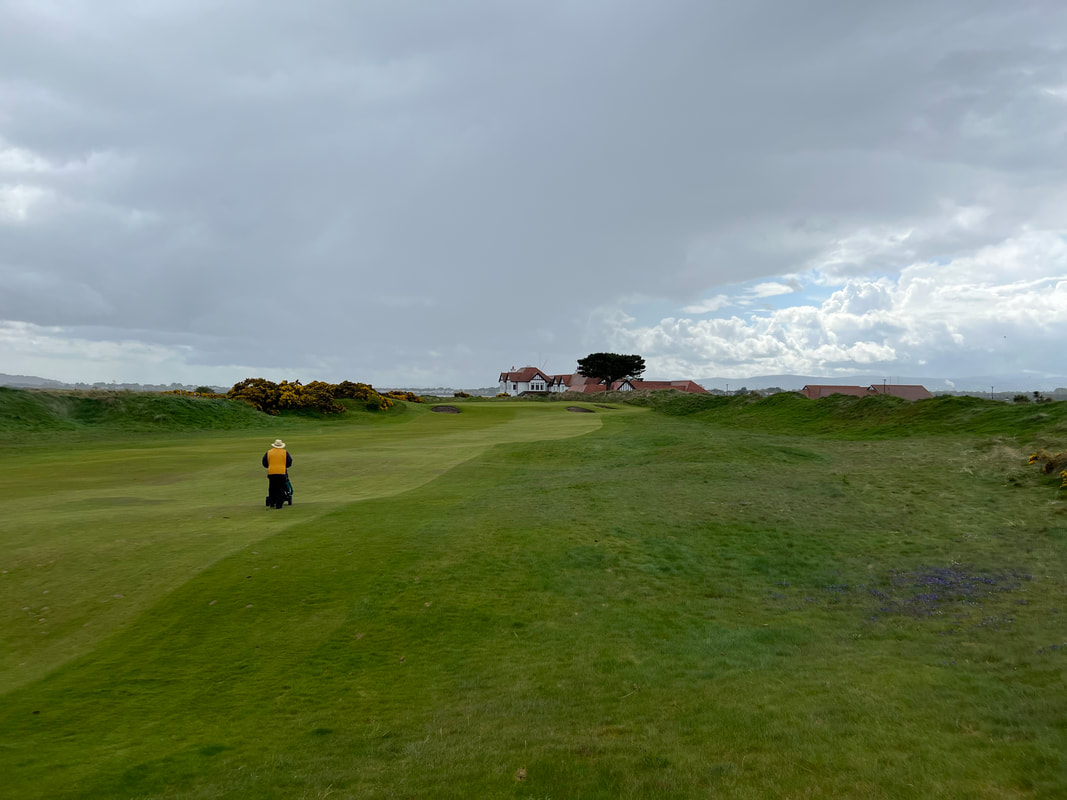




















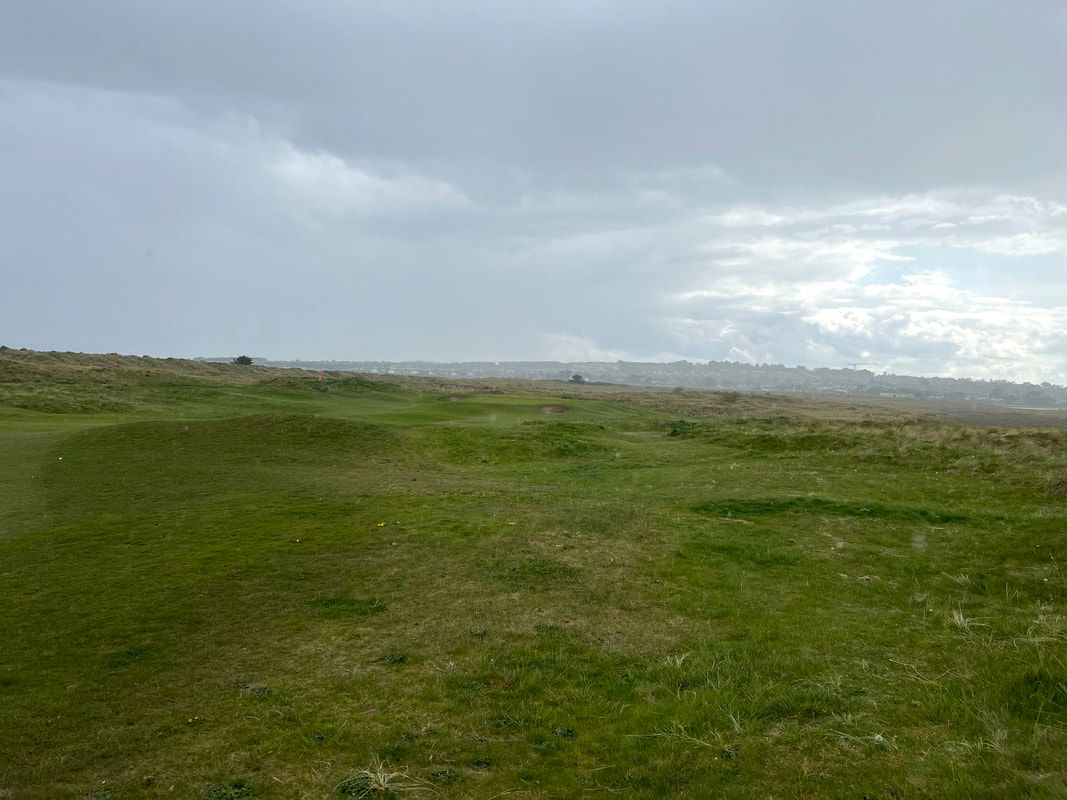















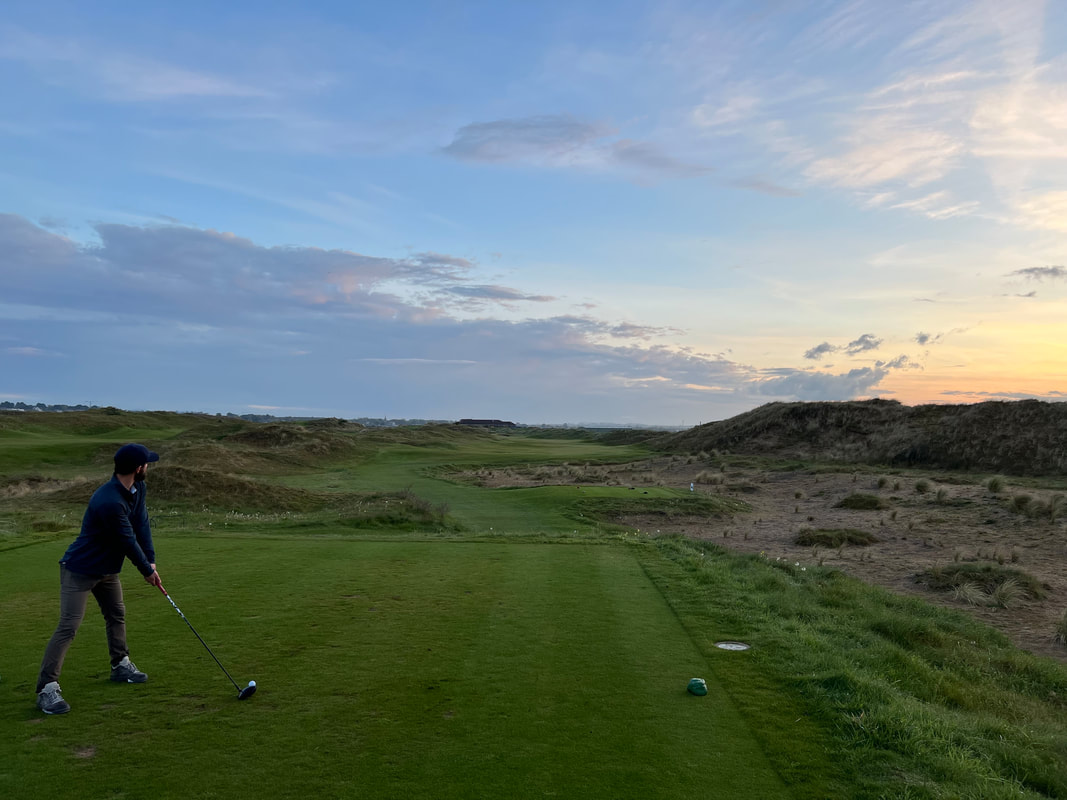

































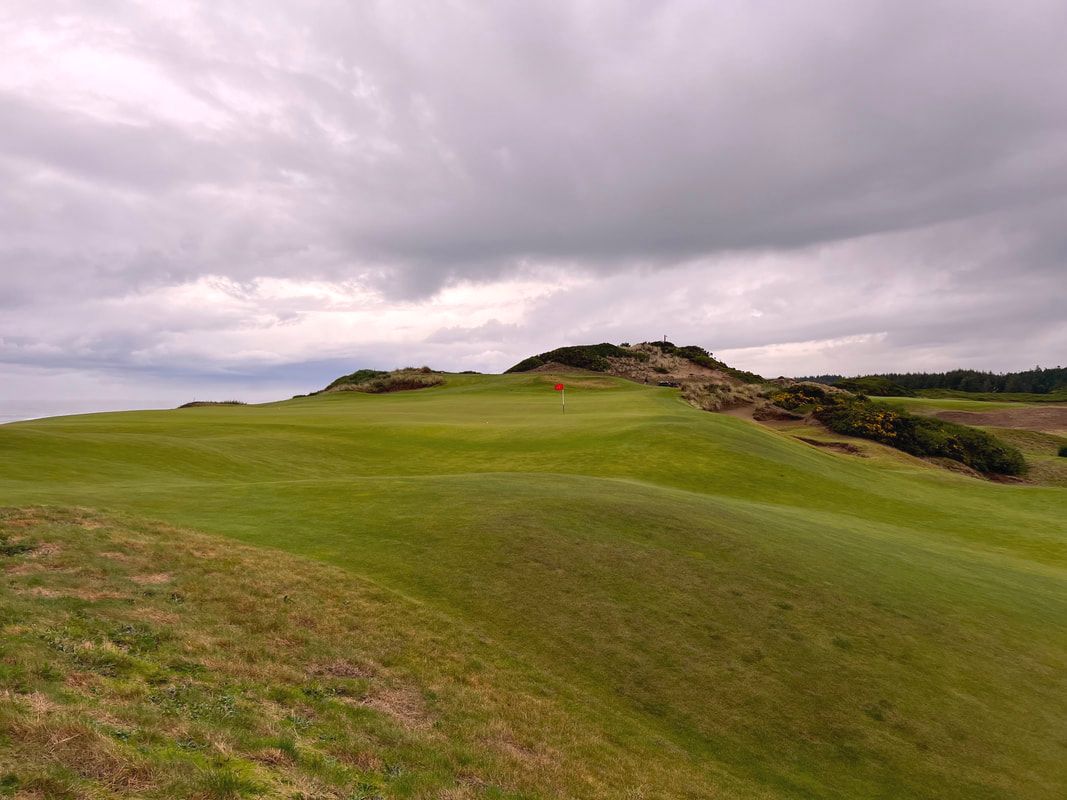











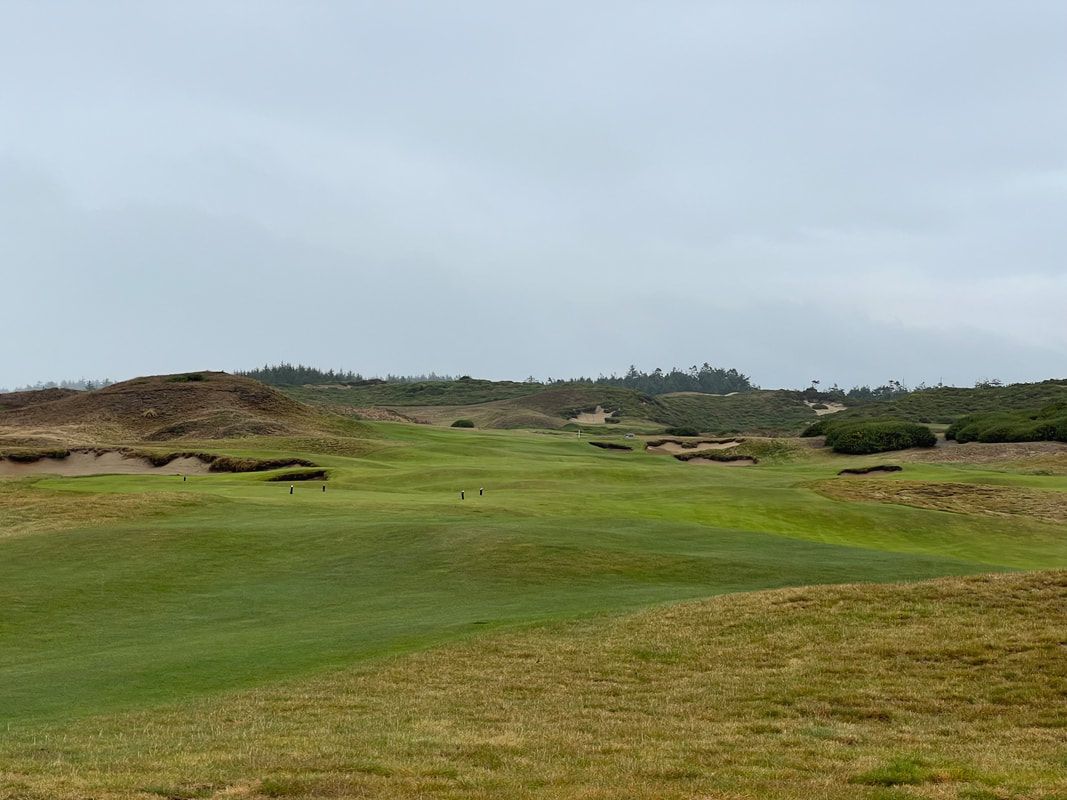
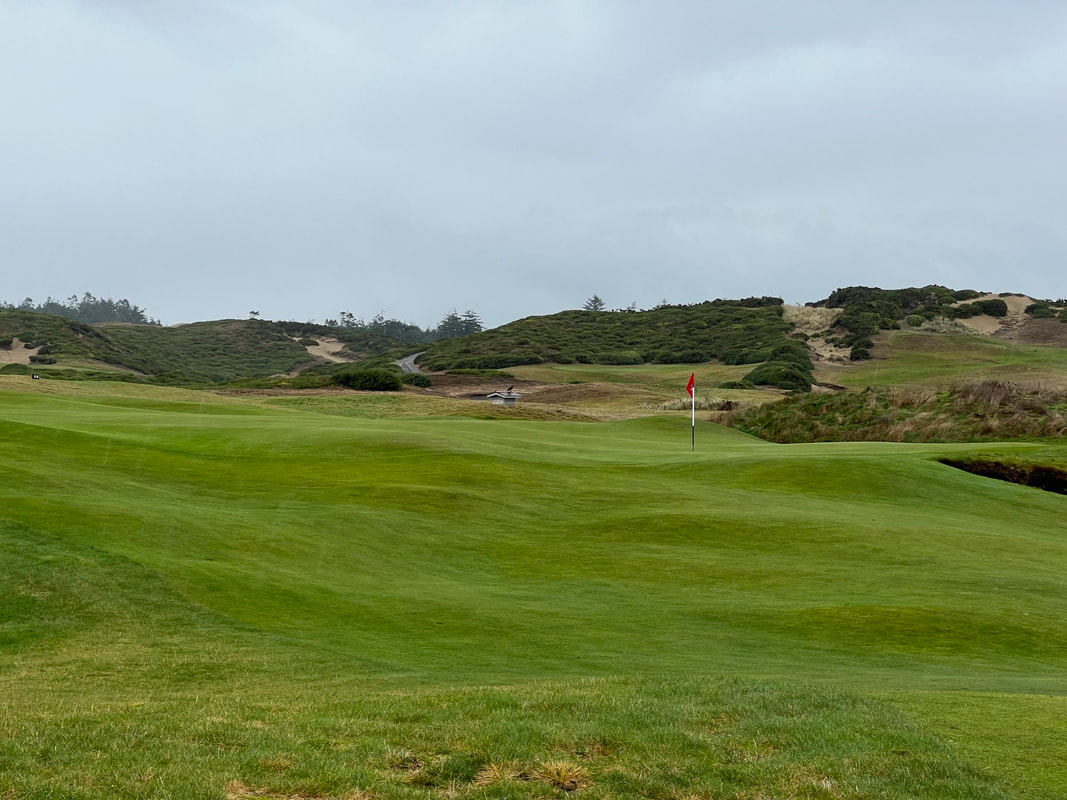

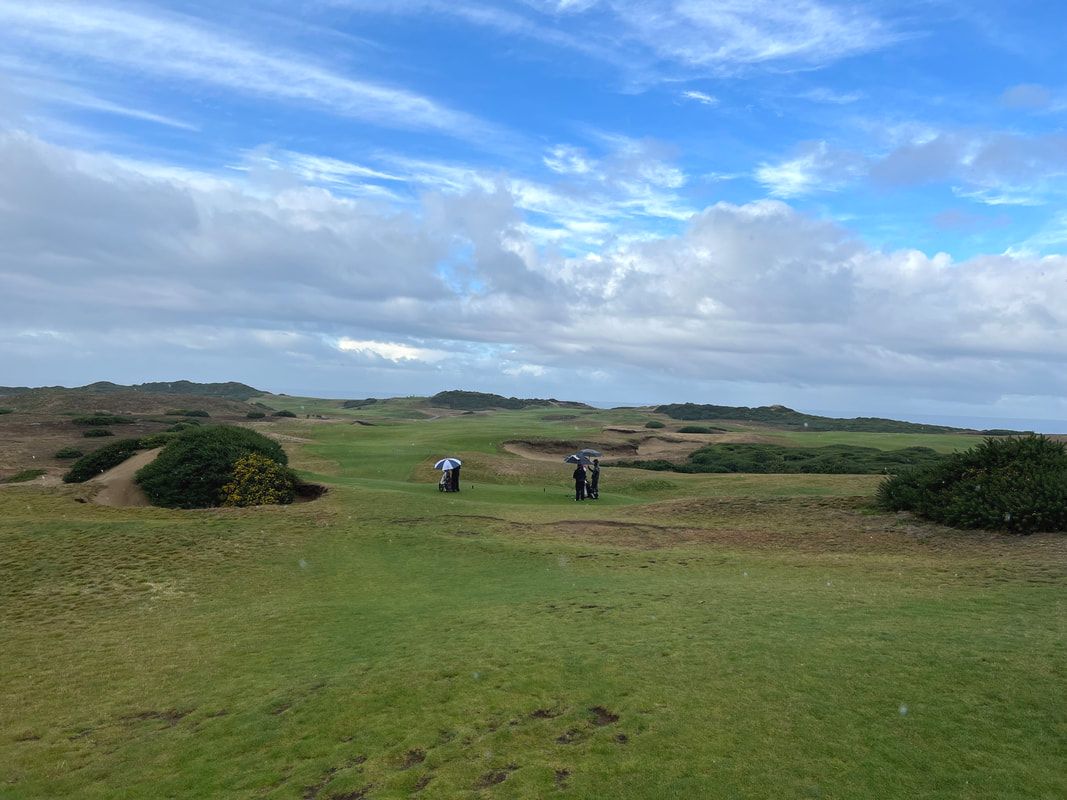



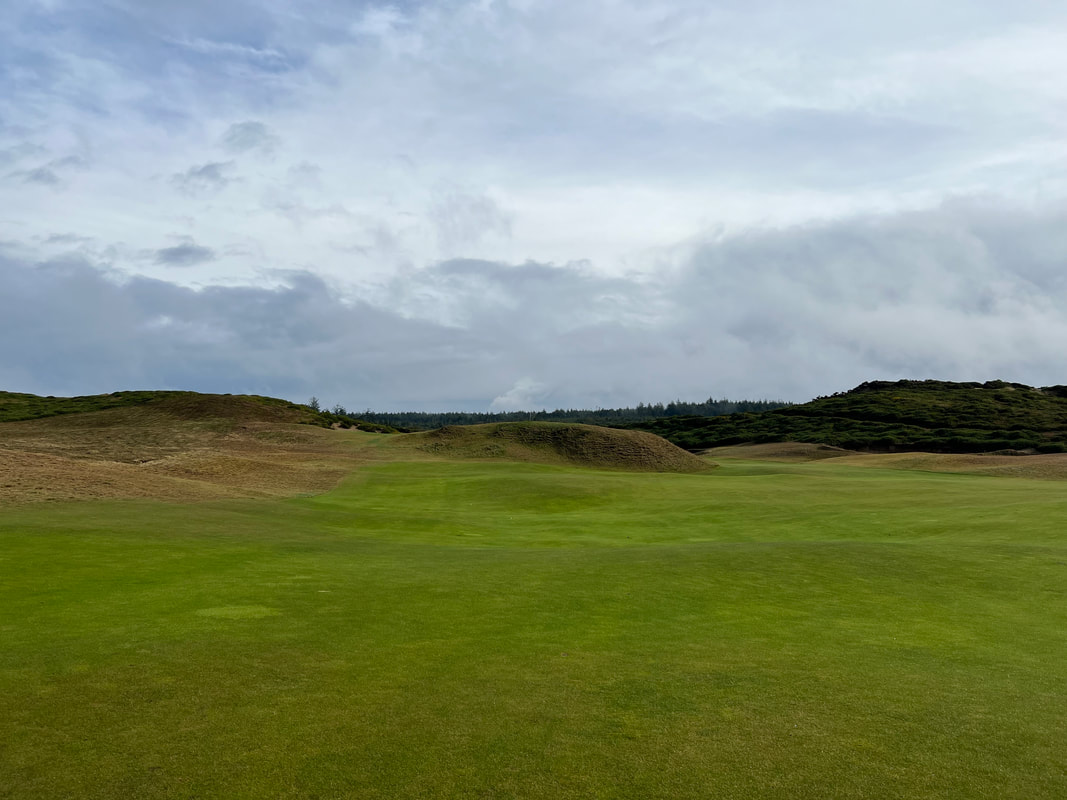







 RSS Feed
RSS Feed